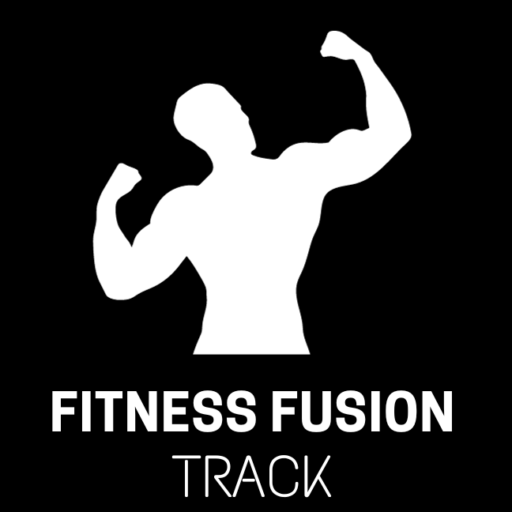Including a pull day exercises in your daily exercise routine is essential since it targets the muscles that are engaged in pulling motions, which improves posture and functional strength in addition to being beautiful to look at. The top pull day exercises provide a complete routine that goes beyond appearances, setting the stage for a strong and balanced body. As the ultimate compound exercise, deadlifts work numerous muscle groups at once, while pull ups provide upper body strength and mobility. Lat pulldowns offer a precise way to target the upper back, while barbell rows emphasize controlled, precise exercises for a well-defined back. Hammer curls give variation to bicep training, while face pulls are a hidden gem for shoulder strength.
Bent-over rows, cable rows, farmer’s walk, and T-Bar rows all help to create a well-defined, shaped back with a focus on controlled motions. Careful preparation is necessary to create a pull day routine that combines isolation and complex exercises for a full-body workout. Making sure you stay away from common errors like sacrificing form, skipping warm-ups, and using the wrong grip is essential for both growth and injury prevention. Understanding the value of rest and recovery is essential because it enables muscles to rebuild and become stronger, resulting in durable and strong development on your fitness path.
Importance of Pull Day
It is impossible to overestimate the significance of adding a dedicated pull day exercises to your routine. Workouts on pull days concentrate on the muscles in your back, shoulders, and biceps that are used in pulling motions. These workouts are essential to developing a healthy and well-balanced body. Apart from the visual advantages of developing a well-defined back and arms, pull day exercises enhance functional strength and enhance posture. Pull day exercises improve your overall fitness by strengthening your grip, building your core stability, and avoiding muscle imbalances. By including the pull day exercises into your routine, you’re building a foundation of endurance and stamina that will benefit many aspects of your physical health rather than just looking good.
Pull Day Exercises
Deadlifts
Out of all the exercises that make up the top Pull Day Exercises, deadlifts are the obvious king of compound movements. This exercise targets the back, hamstrings, glutes, and core all at once, targeting various muscular groups. The advantages go beyond appearances; deadlifts are the best exercise for building total strength and stability. Not only does a decent deadlift develop a strong back, but it also improves functional strength, which is important for everyday tasks. It’s an effective and time-efficient complement to any pull day routine since it requires complete body activation. A stronger, larger body may be achieved via perfecting the deadlift technique, no matter your experience level in the gym. Strength Training
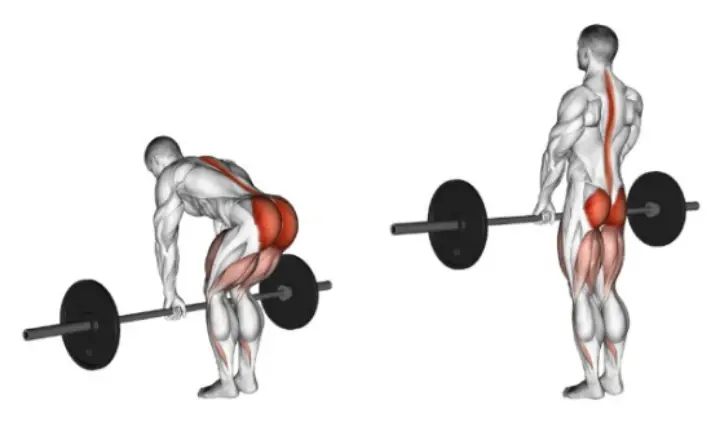
Pull-Ups
When it comes to the best upper body workouts for pull days, pull-ups are a timeless and flexible power. This bodyweight exercise works the biceps and shoulders in addition to the back muscles, such as the traps. The versatility of pull-ups, you can target different muscle groups with different grips and hand placements is what really sets them apart. Every grip variant, from overhand to underhand, offers a different difficulty, making for a balanced exercise. Pull-ups improve grip strength and general upper body endurance in addition to helping to shape the back. Gaining expertise in pull-ups can increase your upper body strength and give you a sense of satisfaction whether you’re an active person or a beginner. Bodyweight Exercises
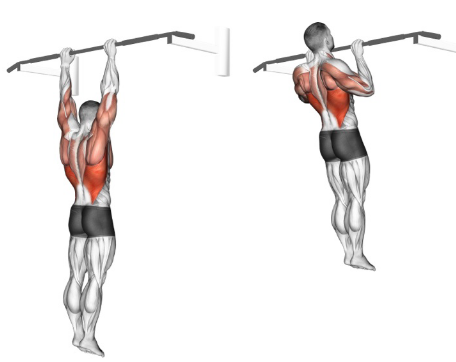
Barbell Rows
When it comes to building a well-defined, V-shaped back, barbell rows stand out among the best pull day exercises. This complex exercise works the latissimus dorsi, rhomboids, and other muscles in the middle and upper back. It also works the biceps and rear deltoids. Barbell rows are unique in that they focus exact, controlled motions. You’re not only lifting weights as you draw that barbell toward your core; you’re also building a strong, symmetrical back. Barbell rows are a fundamental exercise for anybody looking to build a strong, toned body because they offer a basic component that enhances both practical strength and aesthetic appeal to your pull day routine.

Lat Pulldowns
Lat pulldowns are a key component of the top pull day exercises because they are an accurate and efficient way to engage the upper back muscles. In order to work the latissimus dorsi, teres major, and rhomboids, you will pull a weight linked to a cable machine down towards your chest throughout this exercise. Lat pulldowns are a great exercise for building a well-defined back because they provide a regulated and customizable means of focusing particular muscle groups. Including lat pulldowns in your pull day routine enables for focused muscle engagement, which promotes general back health and balance in addition to helping you develop a stronger, more shaped back.
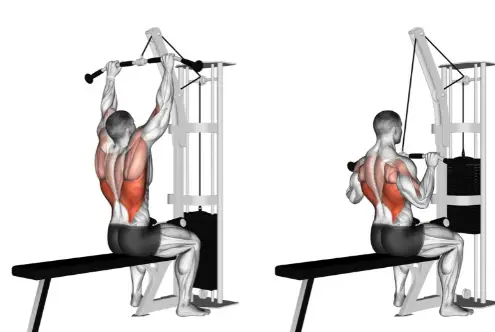
Face Pulls
Face pulls stand out as a hidden gem for improving shoulder health and general upper body stability among the top pull day exercises. This exercise works the traps, upper back, and rear deltoids by pulling a rope in the direction of your face. Face pulls are well known for their capacity to fix problems, especially those related to the shoulders, encouraging improved posture and lowering the chance of injury. Including face pulls in your pull day routine helps you develop a balanced body as well as tone the upper back’s frequently ignored muscles. Face pulls stress reliability via controlled movement, making it an important workout for anybody looking to include an integrated strategy into their pull day routine.
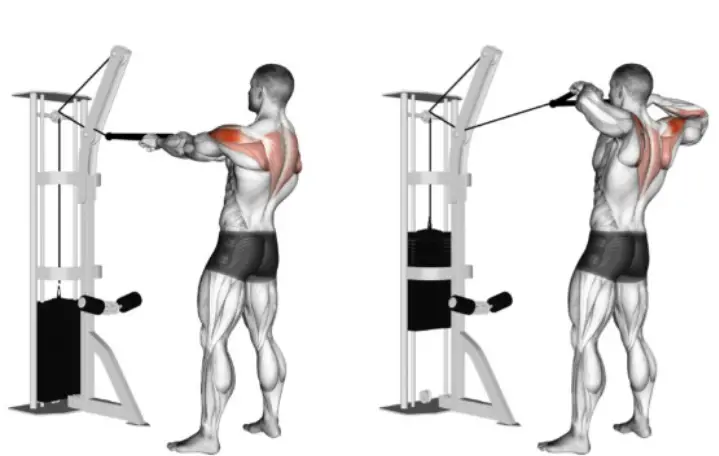
Hammer Curls
Here are hammer curls, a powerful addition to the list of the top pull day exercises. The grip configurations used for the hammer curl, palms facing each other, are different from standard bicep curls. This exercise guarantees a thorough activation of your arm muscles and offers variation to your pull day routine. The brachialis is the muscle that hammer curls target the best, giving your bicep more definition and shape. Because of their unique grip and simplicity, they are suitable for all levels of exercise lovers. Hammer curls are a great way to add variety to your bicep exercises and promote balanced muscle growth, which will help you achieve the goal of well-defined, muscular arms.
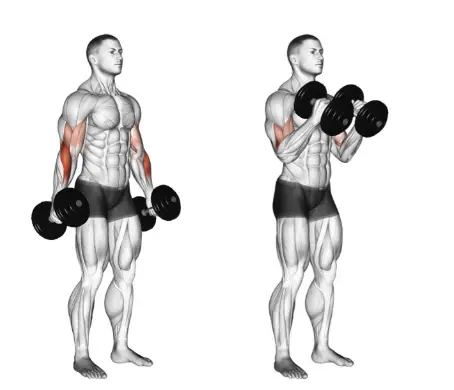
T-Bar Rows
Of all the exercises for a pull day workout, T-Bar Rows are one of the most effective ways to fully activate your back muscles. This workout works the latissimus dorsi, rhomboids, middle and upper back, as well as the biceps and rear deltoids, using a T-Bar row machine. The limited range of action of T-Bar Rows ensures an accurate and focused exercise, which is what makes them unique. Unlike typical barbell rows, this exercise provides for a unique angle of pulling, which activates multiple muscle fibers. T-Bar Rows are a great way to add variation to your pull day program and build a stronger, more muscular back. They also help keep your muscles from crashing.
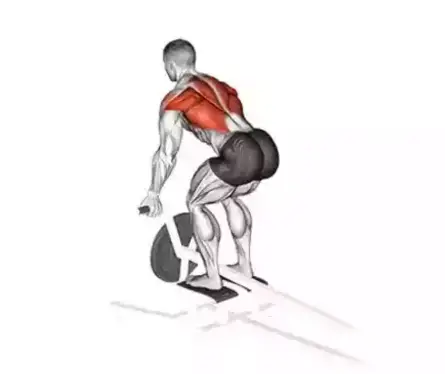
Bent-Over Rows
When it comes to providing a different kind of challenge compared to traditional back workouts, Bent-Over Rows are a game-changer among the top pull day exercises. Using the barbell palms up, perform this exercise to work several muscle groups, especially the lats and lower traps. Reverse Grip Bent-Over Rows, by nature of their modified grip, work muscles in a manner that standard rows would not, promoting greater back development. This version works the core for stability during the action in addition to toning the upper and mid-back. You may ensure a comprehensive approach to back muscle activation by adding variety to your exercise by including Reverse Grip Bent-Over Rows in your pull day routine.
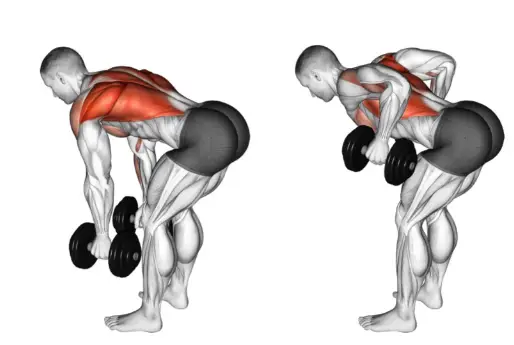
Cable Rows
Cable rows are one of the most effective and dynamic exercises for building a strong back and are included in the top pull day exercises. With this workout, you pull a wire in your direction, continuously tensing the muscles, especially the upper and mid back. The constant tension that ensures optimal back muscle engagement is what differentiates Cable Rows from other exercises. This exercise adds versatility to your pull day routine by offering a variety of grip alternatives and customizable settings to target different back areas. You may increase muscular strength and endurance while also shaping a well-defined back by doing Cable Rows. It’s the perfect workout to target and concentrate particular muscle groups while keeping motions accurate.
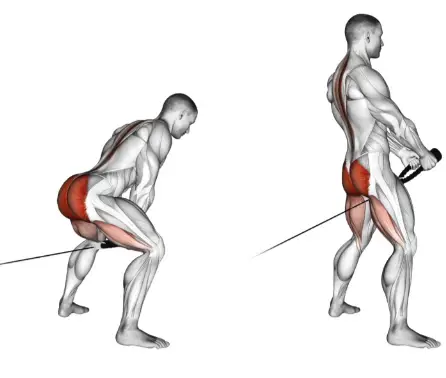
Farmer’s Walk
When we examine the top pull day exercises, the Farmer’s Walk stands out as a special and difficult full-body exercise. Walking while holding large weights in each hand is a complex exercise that works the muscles in the upper back, shoulders, forearms, and core. Farmer’s Walk is a flexible complement to any pull day routine because it not only strengthens grip but also requires stability and endurance. This exercise is quite simple, yet it works a lot of different muscle groups at once, giving you a complete workout. Farmer’s Walk is a great way to build total functional power and stamina in addition to strengthening your back on pull days.
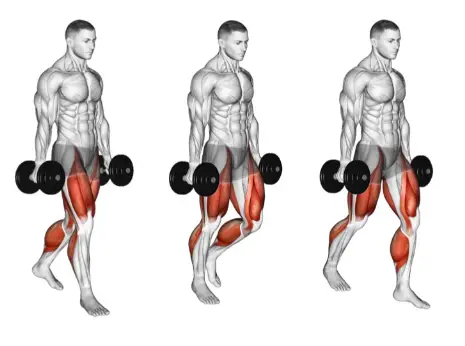
Creating a Pull Day Routine
Creating a pull day routine that works needs more than just throwing exercises in the mix at random, careful preparation is needed to guarantee a balanced and focused workout.
- Start with complex exercises like deadlifts, which work many muscle groups simultaneously to increase overall strength.
- Classic exercises like pull ups can be performed after toning your biceps and upper back. Combine Barbell
- Rows to strengthen your mid-back with Lat Pulldowns to precisely target your target muscles.
- Include Hammer Curls to add variety to your bicep exercise and Face Pulls to support shoulder health.
- Bent-Over Rows work the lower traps and lats, while T-Bar Rows provide an alternative perspective.
- Constant strain is provided by Cable Rows, and a difficult full-body workout that works the entire body is Farmer’s Walk.
- Recall that the secret is to combine isolation and complex exercises to create a whole workout that shapes a balanced, powerful back.
- Make sure the routine is customized to your fitness level and objectives, allowing for progressive development.
An effective pull day exercises improves overall fitness and functional strength in addition to appearance. So plan your pull day wisely and allow each exercise to play a part in creating a strong, defined back. Pull Day at Home
Common Mistakes to Avoid
Even while the top pull day exercises routines provide a starting point for developing a stronger, more toned back, it’s important to stay clear of typical mistakes in order to ensure success and avoid injury.
- One common mistake is to sacrifice form in order to lift large weights. When performing Pull-Ups or Deadlifts, focus on using good form rather than lifting too much weight.
- Ignoring warm-ups is another common mistake; a well-prepared body is more resistant to strains.
- Peaks might result from understating variation. Make sure your workouts have variety and include both isolation and complex movements.
- When performing workouts like cable rows or barbell rows, improper grip can reduce performance and raise the risk of injury.
- Skipping rest days and overtraining might make it harder to heal and advance.
Avoiding these typical blunders will help you get the most out of your pull day exercises and set yourself up for a long-term, injury-free fitness path. For a pull day routine that produces results over time, focus on technique, welcome variation, and find the ideal balance.
Importance of Rest and Recovery
When performing the top pull day exercises, it’s important to remember that rest and recovery are important for getting the best possible results. Pull day exercises put your muscles through stress that requires proper recovery because they are meant to challenge and shape. Rest days are a planned break that helps your body heal and get stronger, not a show of weakness. Efficient diet, which supplies vital nutrients, expand the healing process even further. Ignoring these important details might result in overtraining, which will reduce the impact of your pull-day efforts.
Sleep, which is sometimes ignored, is essential to this process because it promotes general health and muscle recovery. Accept relaxation and recovery as essential parts of your fitness path, realizing that these times of renewal provide the real results. By doing this, you build an effective and durable approach to your overall fitness objectives in addition to strengthening the effects of your pull day exercises.
Conclusion
In conclusion, the best pull day exercises provide a thorough and efficient method for building a muscular, defined back. Every exercise, from the robust compound movement of Deadlifts to the adaptable and traditional Pull-Ups, has a distinct purpose in targeting particular muscle groups. A comprehensive upper body workout includes exercises like Barbell Rows, Lat Pulldowns, Face Pulls, and Hammer Curls. To improve total functional strength, T-Bar Rows, Bent-Over Rows, Cable Rows, and the Farmer’s Walk offer variety and difficulty. It takes careful preparation to create a targeted pull day routine that combines isolation and complex exercises for a balanced workout. Avoiding typical mistakes, promoting correct form, and realizing the need for relaxation is essential for long-term growth.
FAQs
Q. Why is including a pull day in my exercise routine important?
Including a pull day in your exercise routine is important as it targets muscles engaged in pulling motions, enhancing posture, functional strength, and overall aesthetics. It contributes to a well-balanced and healthy body.
Q. What muscles do pull day exercises primarily target?
Pull day exercises focus on muscles in the back, shoulders, and biceps, which are involved in pulling motions. This includes muscles such as the latissimus dorsi, rhomboids, traps, and biceps.
Q. Why are deadlifts considered the king of compound movements?
Deadlifts target multiple muscle groups simultaneously, including the back, hamstrings, glutes, and core. They are efficient for building total strength, stability, and functional strength, making them a cornerstone in any pull day routine.
Q. Why is rest and recovery important for pull day exercises?
Rest and recovery are crucial for optimal results as they allow muscles to heal and become stronger. Proper sleep and a proper diet further expedite the recovery process. Ignoring rest and recovery may lead to overtraining, diminishing the impact of pull day efforts over time.
Q. Why are the mentioned pull day exercises considered effective for long-term results?
Each exercise serves a distinct purpose in targeting specific muscle groups, contributing to a comprehensive upper body workout. The combination of isolation and complex movements ensures a balanced and durable approach to overall fitness goals.
